HOW TO CHOOSE EYEGLASS LENSES
Possibly the most important part Is choosing the right eyeglass lenses. The quality of your lenses, their attributes and their coatings all contribute to how comfortable, happy and you are with your eyeglasses. There are so many options available on the market today, so it can be difficult to decide which type of eyeglass lens is best for you and your unique lifestyle. At Malaya Optical, our professional Optometrist would be able to assist you.
Here is a simple explaination on how to select your next prescription lenses.
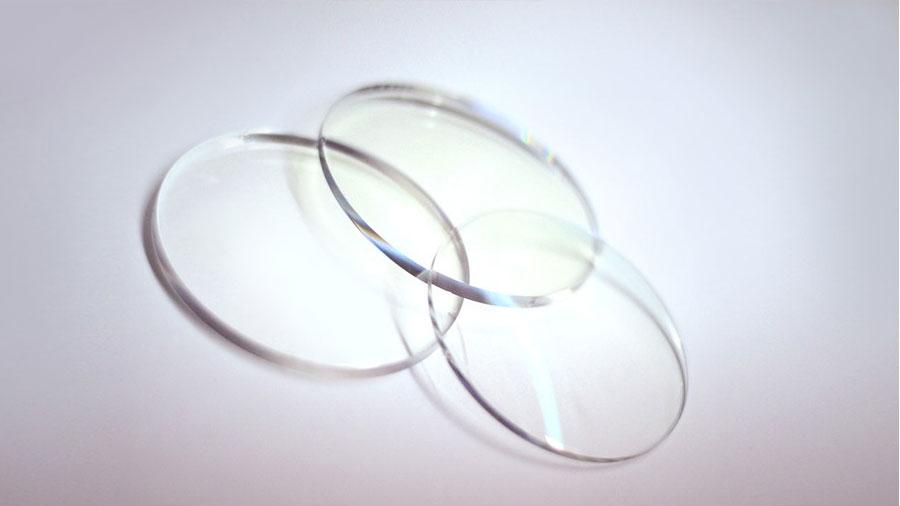
Visual Needs
Our optometrist would recommend the best fit vision-correcting properties that suit you. Depending on your visual needs, you may need either single-vision or multi-vision lenses.
Single-Vision Distance
If you have distance-corrective glasses, and your prescription myopic will begin with a (-), and your lens will be concave, or curve inward, to correct your vision properly. You could be hyperopic that needs (+), to see distance, and your lenses will be convex, or curve outward, to correct your vision properly.
Single-Vision Reading
Reading glasses are designed when you develop Presbyope. Some people call it longsighted, it’s not an accurate or correct terminology for this condition. Your reading ability would usually drop from the age above 38 years old, and it depends from individual to individual. To help you see things at a close distance, typically between 30 and 40 cm. These lenses are convex, or curve outward, and are appropriate for people with prescriptions beginning with a (+).
Progressive Lenses
Progressive lenses or Varifocal are unique lenses, designed to seamlessly incorporate distance, middle- and near- vision correction. Because these lenses are highly personalized, they can correct even the most unique eyes, and provide all the benefits of bifocal lenses without the obvious horizontal line.
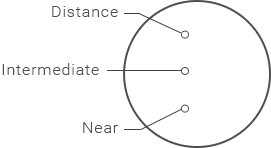
Progressive Lenses
Lens Coating
Your prescription lenses coating give your lenses different quality of vison which attributes to making them behave differently according to their environment. Some lenses change colors based upon the lighting, while others offer protection from scratches or the sun.
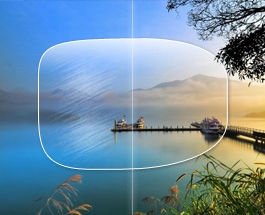
Anti-Scratch Coating
Anti-scratch coating defends your lenses against scratches and abrasions from everyday wear and tear, and helps reinforce them against drops.

Anti-Reflective Coating
Anti-reflective, or AR, coating is another beneficial coating for any pair of eyeglasses. This coating gets rid of annoying glare, halos around lights and reflections on your lenses caused by computers and lights. They also make your lenses nearly invisible by removing reflections, making your lenses less of an obstruction during face-to-face conversations or photography sessions.
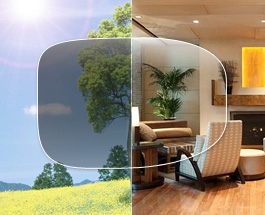
Light-Adjusting Coating or Photo Chromatic
Photochromatic lenses are also known as Transition lenses (as Transition are the market leader). This coating will change the tint of your lenses depending on the amount of light they are exposed to, becoming dark outdoors and clearer indoors. This helps protect the wearer’s eyes from harmful UV rays and direct sunlight, protecting the wearer’s vision.
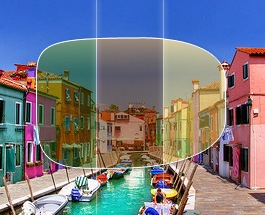
Color Tint Coating
Looking for extra clarity with a pair of yellow-tinted lenses and want to see the world through rose-colored glasses? We have those options for you! Many people choose to add a hint of color to their lenses to help them see better, or to add a certain look to their eyewear. We offer four colors and four intensities for you to choose from, giving you plenty of customization options. Our color tints cannot be added to polarized or photochromic lenses.
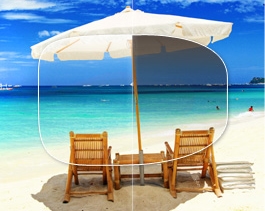
Water-Repellant Coating
All eyeglass wearers dread getting rain or water on their eyeglasses. Droplets can leave behind smudges or dirt on your lenses and cleaning them properly can be a hassle — especially in rainy weather. However, there is a solution!
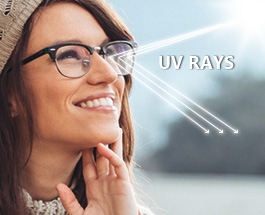
UV Protective Coating
Exposure to the sun’s harmful UV radiation is associated with numerous age-related eye problems, such as cataracts and macular degeneration.
Digital Screen Protection Coating
We spend a huge portion of our days looking at screens — people check their smartphone every 6.5minutes on average, and 55.5 of employed Americans work with a computer every day.We rely on our digital devices,and our connectivity is not going anywhere anytime soon. In the past four years alone, the number of smartphone owners has increased by 82 percent,and this number is still on the rise. However, this increased connectivity comes with risks — especially to our eyesight.

This damage can be especially devastating for kids growing up around digital devices, as they are at greater risk for long-term damage than adults.
Lens Index
Referred to as the index of refraction or refractive index, is a number that indicates how efficiently the material bends, or refracts, light. The higher the refractive index of the lens, the more slowly light moves through it, and the more the light bends. For you, this means a thinner high-index lens will perform the same as a thick set of standard low-index lenses.

